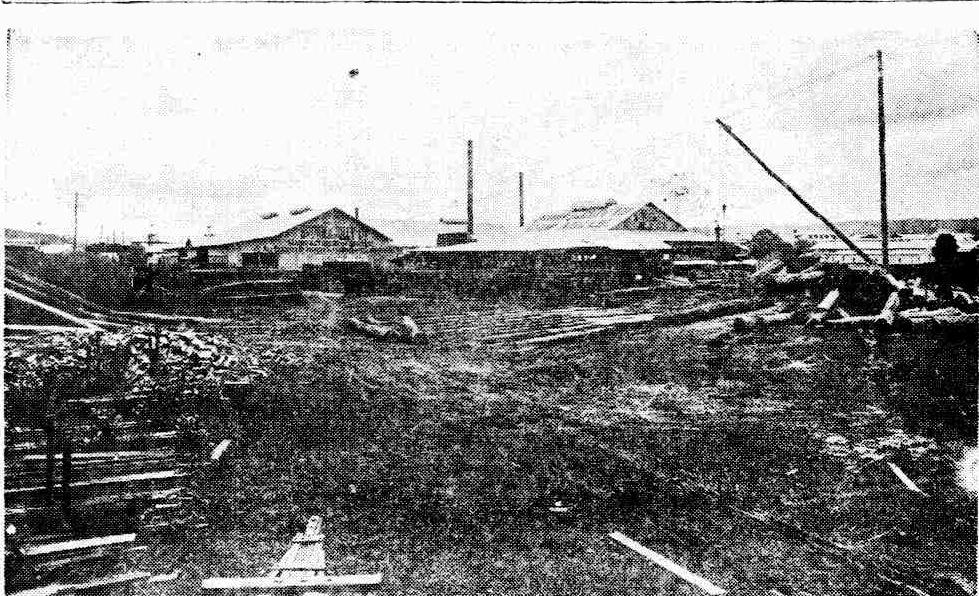The Wilsons and Hy-Brasil: Avalon Beach Historical Society June 2024 Meeting + Hy-Brasil, Avalon Beach: An Alexander Stewart Jolly Hand-Built Home

This one shows the Wilsons house at what later became 548 Barrenjoey Road (in the middle of the pic) with the 2 water tanks and shed. Sheila wrote it was “the only house between the golf course and the beach” built in 1927.
Geoff Searl OAM, President of ABHS, says ''Pretty sure it was 1932 when AJS invited members of the NRMA down to AB golf course to celebrate the opening of the Harbour Bridge.
Looks like around 15 cars parked at the golf course. ''
Over 40 people attended the meeting of the Avalon Beach Historical Society on Tuesday night in the Annexe in Dunbar Park.
Despite the cold weather but with the encouragement of a capable, reverse-cycle air conditioner, those present enjoyed an unusual presentation Geoff and John Stone had compiled.
Geoff had received via an anonymous text message 4 and a half pages of recollections of early Avalon Beach from 1927 onwards.
The text was written by Sheila Murray (nee Wilson) who was one of the 5 children born to North Sydney dentist Arthur Avonmore Wilson and his wife, Nell.
Their first house was “the only one between the golf course and the beach” and stood at what later became 548 Barrenjoey Road.
Soon after 1935 the Wilsons had Alexander Stewart Jolly build them a stunning stone cottage which still sits way up on the saddle, almost at the end of Chisholm Avenue, called ‘Hy Brasil’.
The children collectively muttered “we thought it was madness to leave the house at the beach and go way up the hill”.
Sheila recalled many of the places they visited and explored, where they bought sweets and played mini golf to name just a few.
Geoff cunningly matched the recollections with 60 of the appropriate photos from the archives of the society. As he read through the document, John projected the relevant photo onto the large screen, illustrating the memory.
In an email received the following day, one elated attendee was grateful for the ‘mesmerising presentation’.
The usual super supper was enjoyed afterwards.
The next meeting will be held in September.
The Avalon Beach Historical Society welcomes new members. Membership is $10 per person, per year.
The ABHS holds four meetings per year for members featuring guests speaking about the history of the Avalon Beach area with photographs projected onto a large screen.
Click here for a printable membership form
Objectives of the Society
- To encourage the study and research into the history of Avalon Beach.
- To collect and preserve all items and records of historical interest by purchase, donation or loan.
- To record local history and from time to time publish it.
- To encourage the study of the history of Avalon Beach in the local schools.
- To work actively for the preservation of local buildings and other items of historical interest.
- To provide and install local commemorative plaques.
- To foster the interchange of information among members of the society and other societies.
Find out more at: https://abhs.org.au/
Below runs an earlier PON history page on Hy-Brasil.
Hy-Brasil, Avalon Beach: An Alexander Stewart Jolly Hand-Built Home









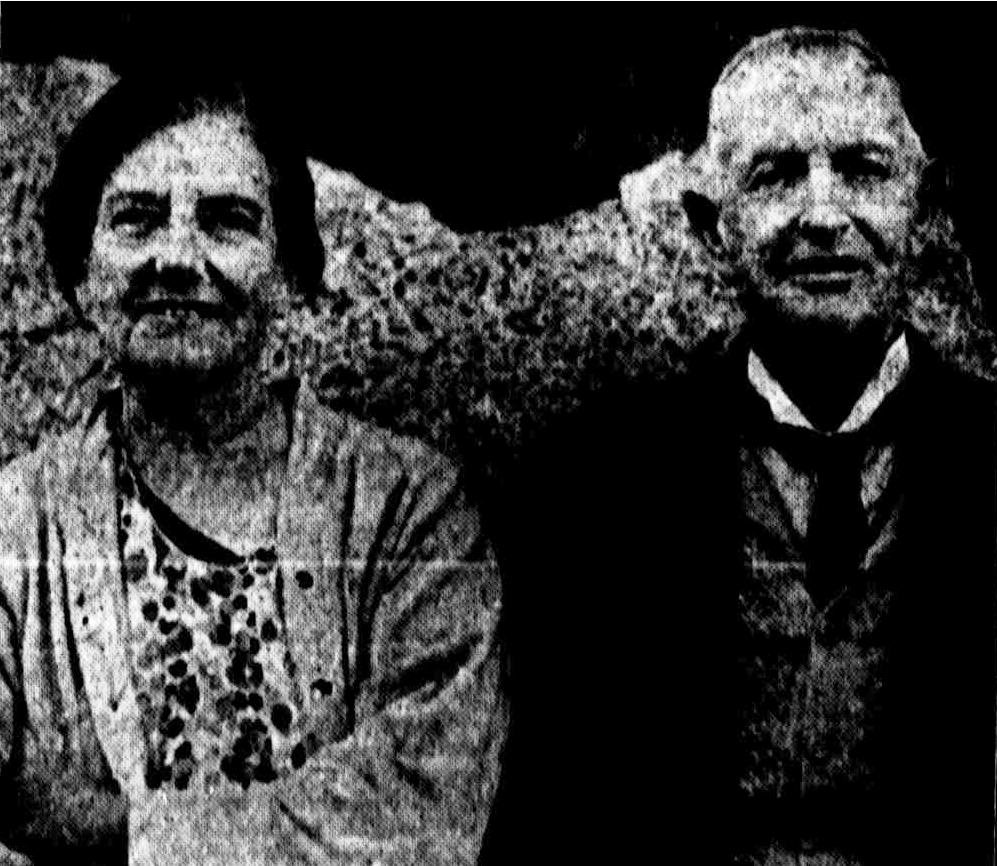
%20of%20Nada%20Hermann%20and%20Hy%20Brasil%20Artist%20and%20Summer%20Houses%20095.jpg?timestamp=1516233337096)








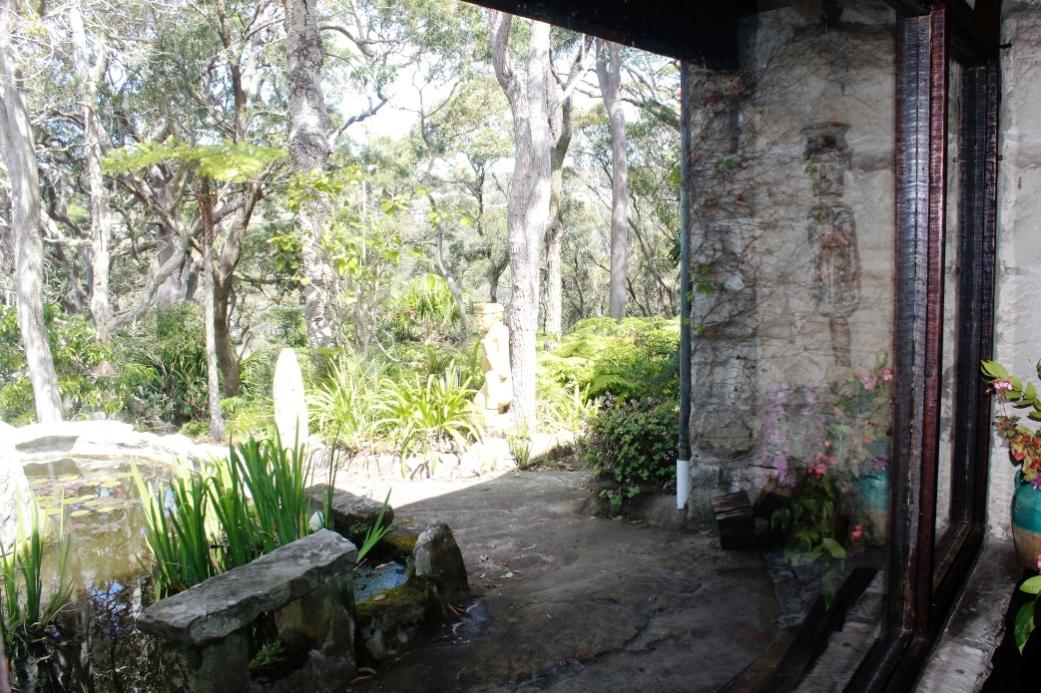

Alexander Stewart Jolly

Alexander Jolly as a young man. Photo: ABHS


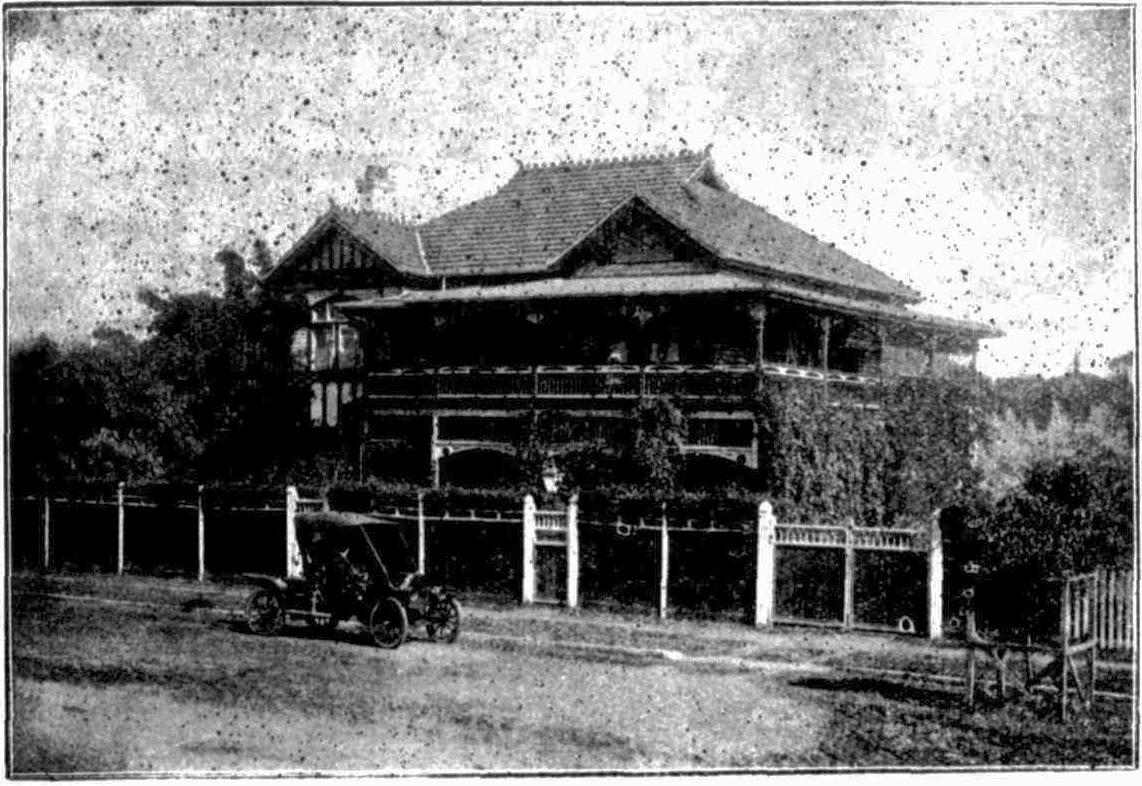


Noonee-1.jpg?timestamp=1517185061895)
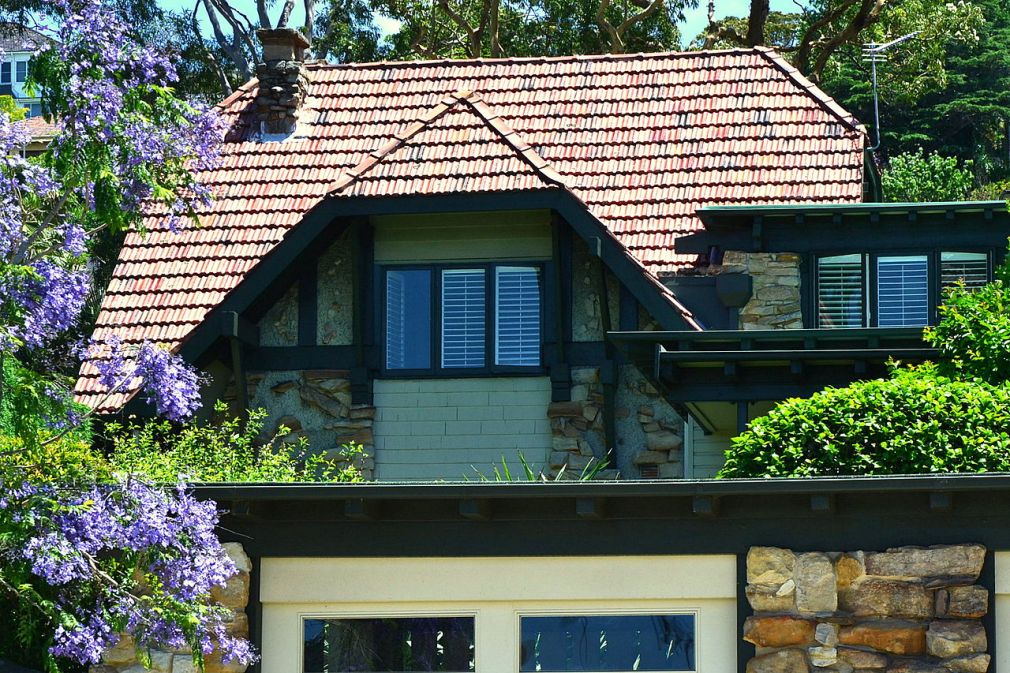




Wickham store - Circa 1934. Photo: ABHS
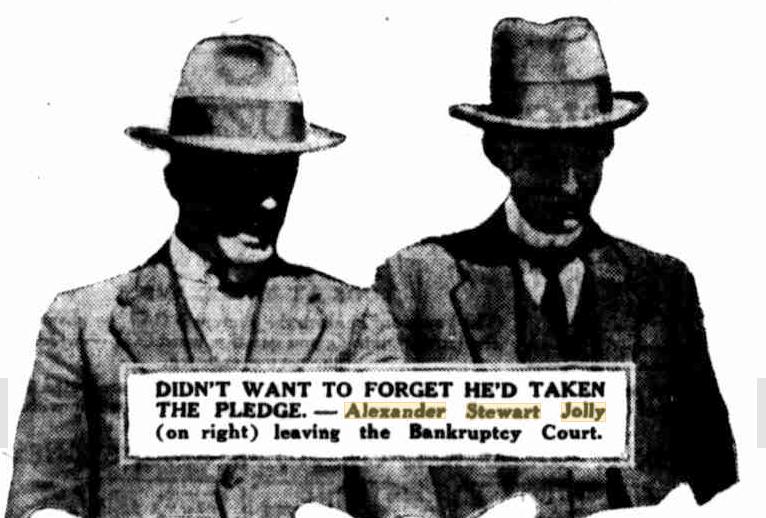
 I had no idea that Australians were so popular in the United States,' said Sister Jolly. 'Our party of Australian Air Force nurses was showered with tickets for all the principal entertainments. Australian a i r men also were given a marvellous time. 'An Australian uniform is the Open Sesame to everything that is going in the United States. The people seemed to feel that the Australians were treating the Americans (Right Sister Jolly.) In Australia and they were more than anxious to reciprocate.
I had no idea that Australians were so popular in the United States,' said Sister Jolly. 'Our party of Australian Air Force nurses was showered with tickets for all the principal entertainments. Australian a i r men also were given a marvellous time. 'An Australian uniform is the Open Sesame to everything that is going in the United States. The people seemed to feel that the Australians were treating the Americans (Right Sister Jolly.) In Australia and they were more than anxious to reciprocate. 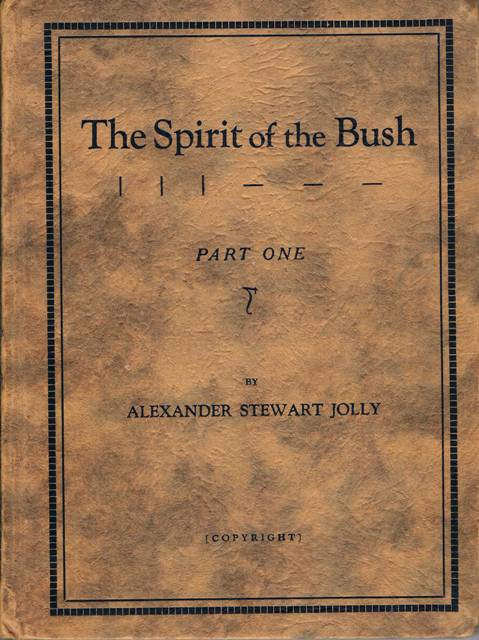
 | The Spirit of the Bush A S Jolly.pdf Size : 1284.402 Kb Type : pdf |
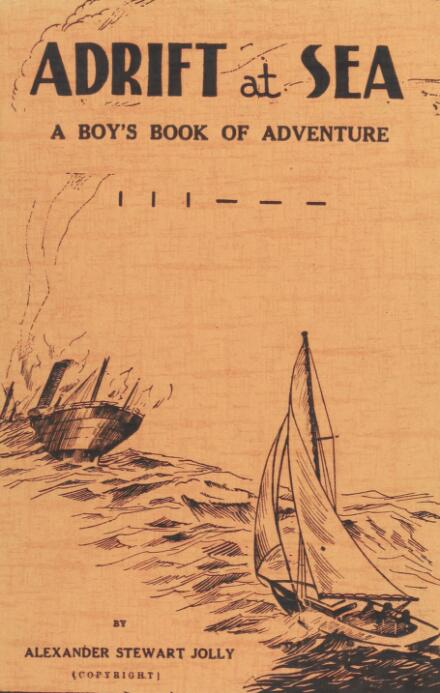 National Archives of Australia:
National Archives of Australia:Adrift At Sea : A Boy's Book Of Adventure
By Alexander Stewart Jolly


Albert Edwin Dalwood
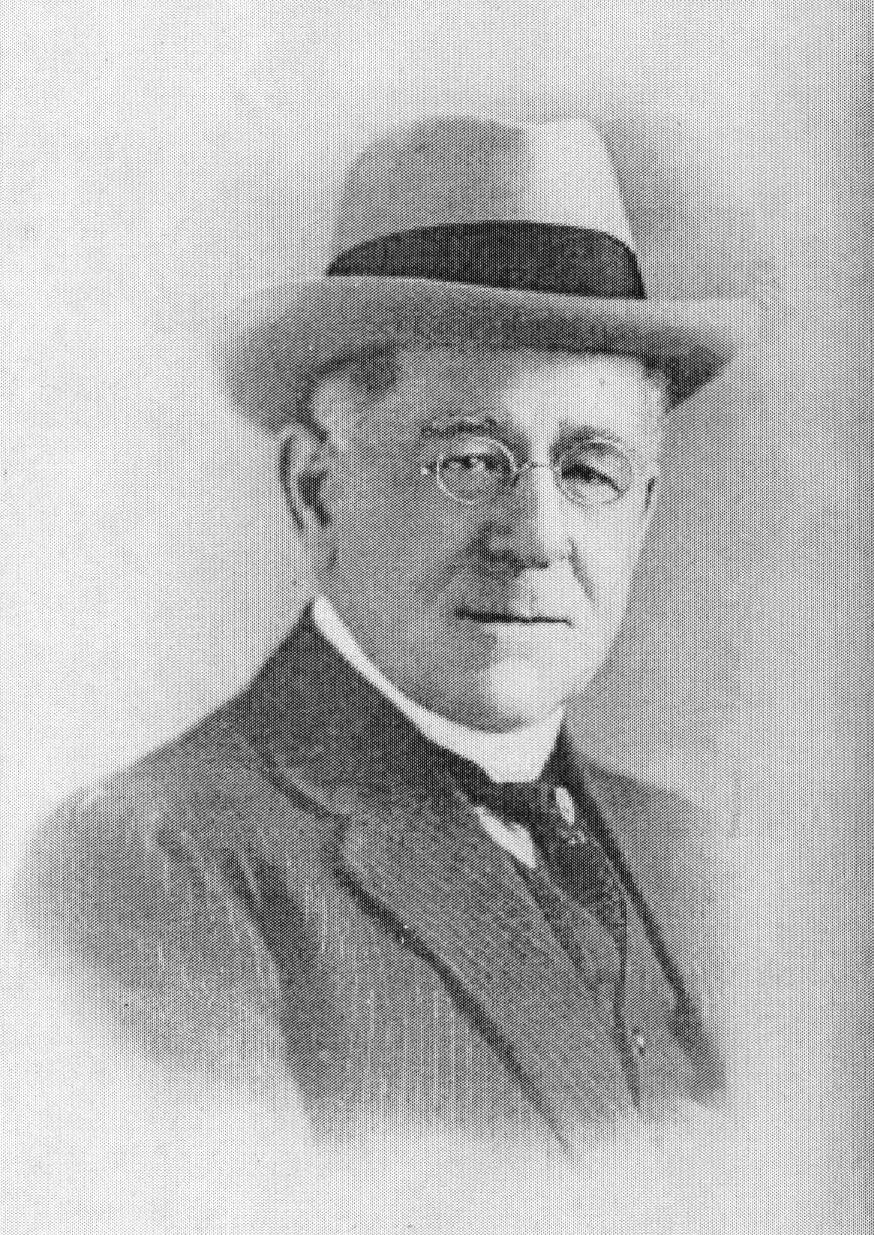
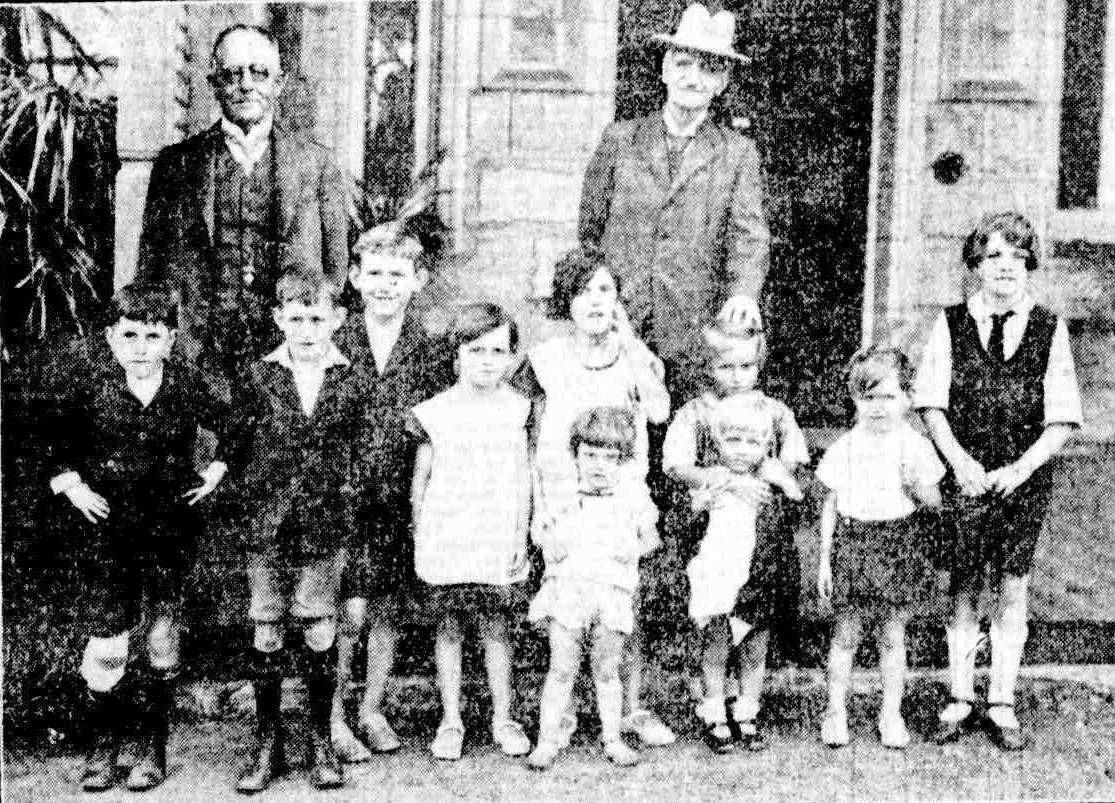
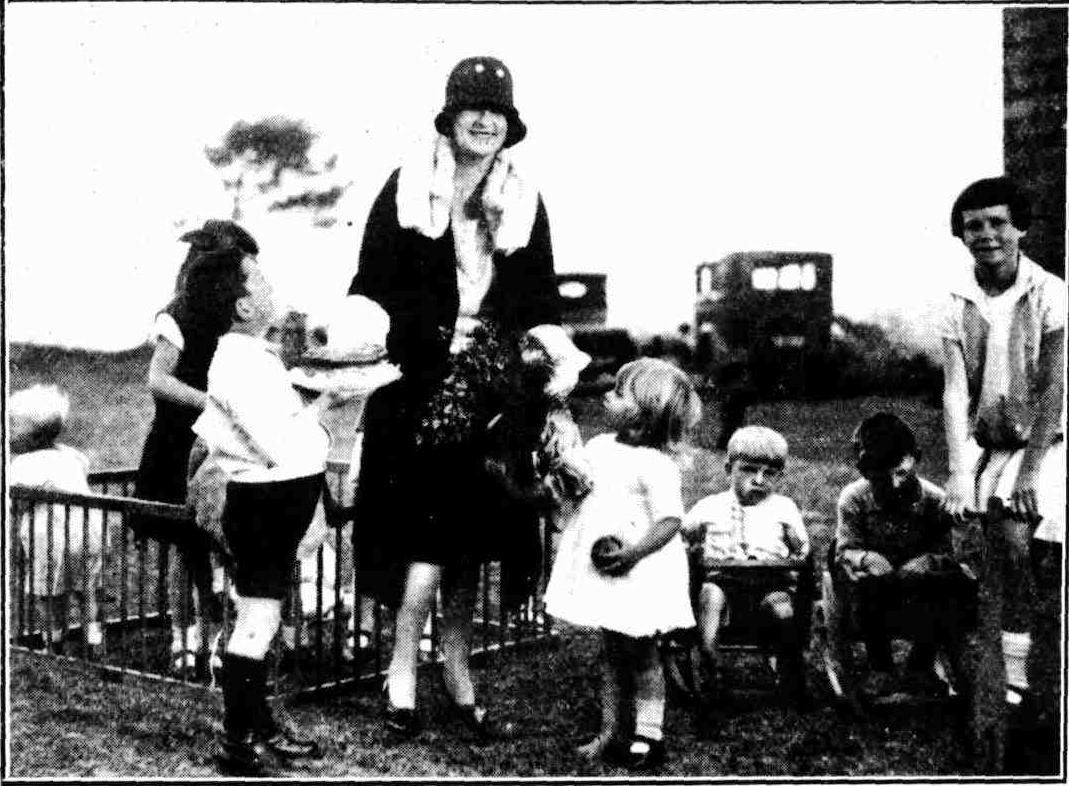


References And Extras
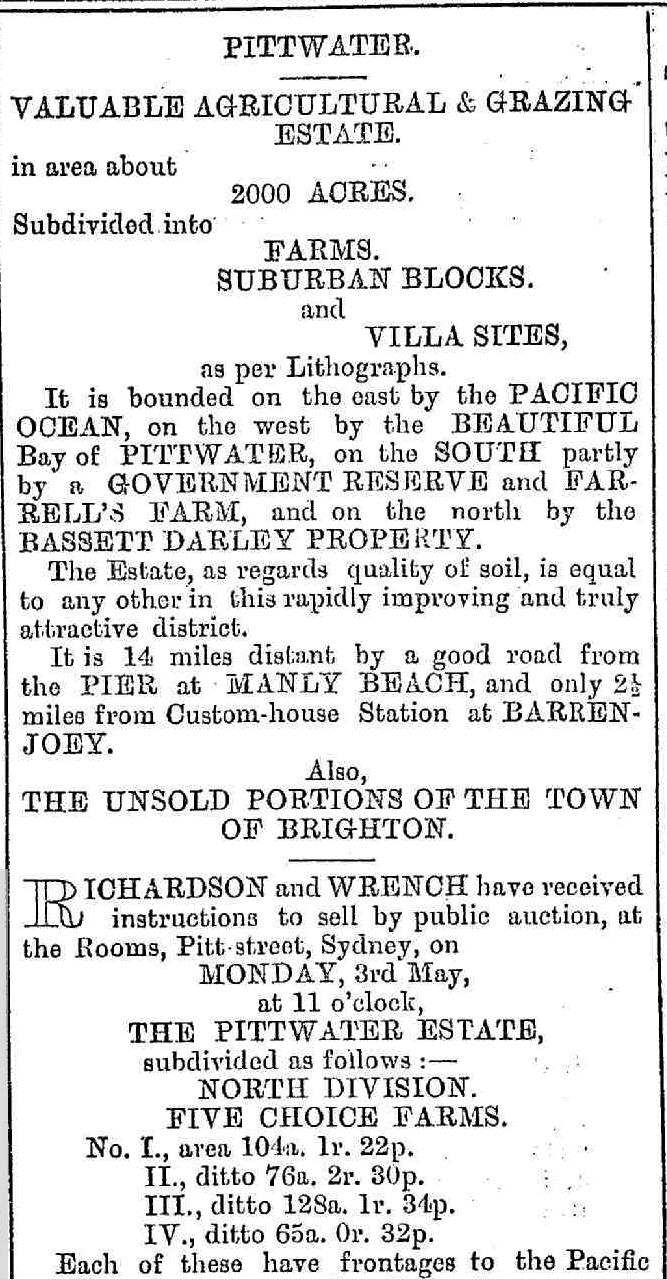
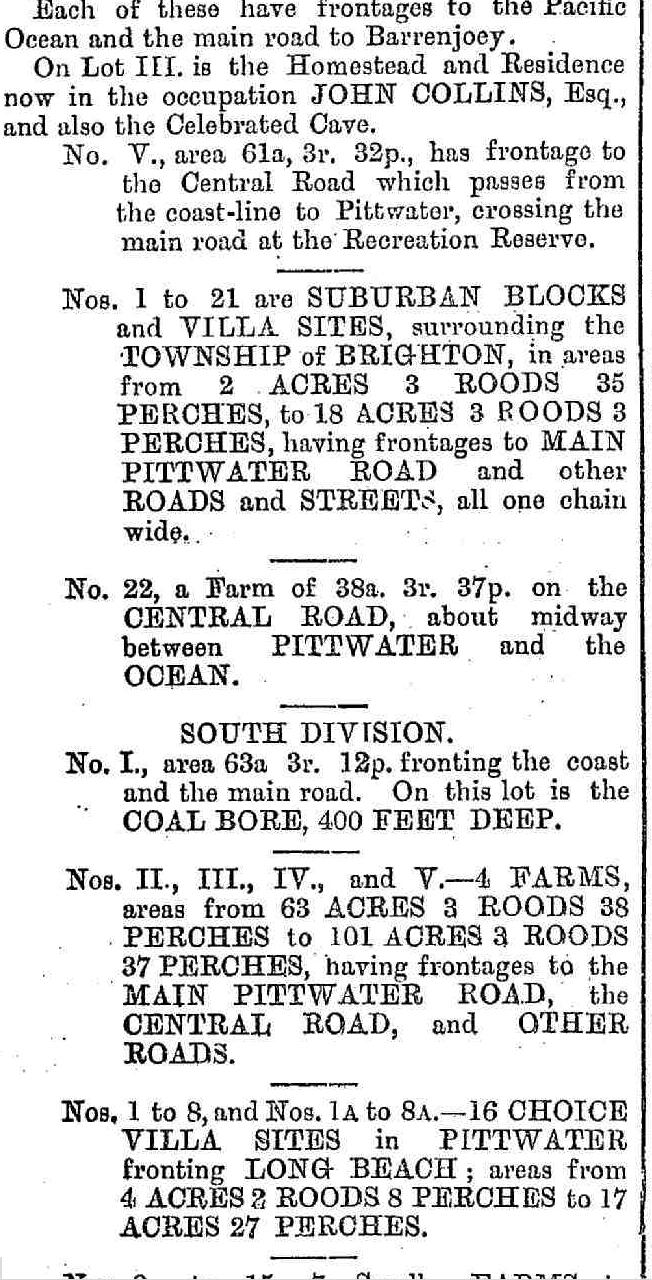
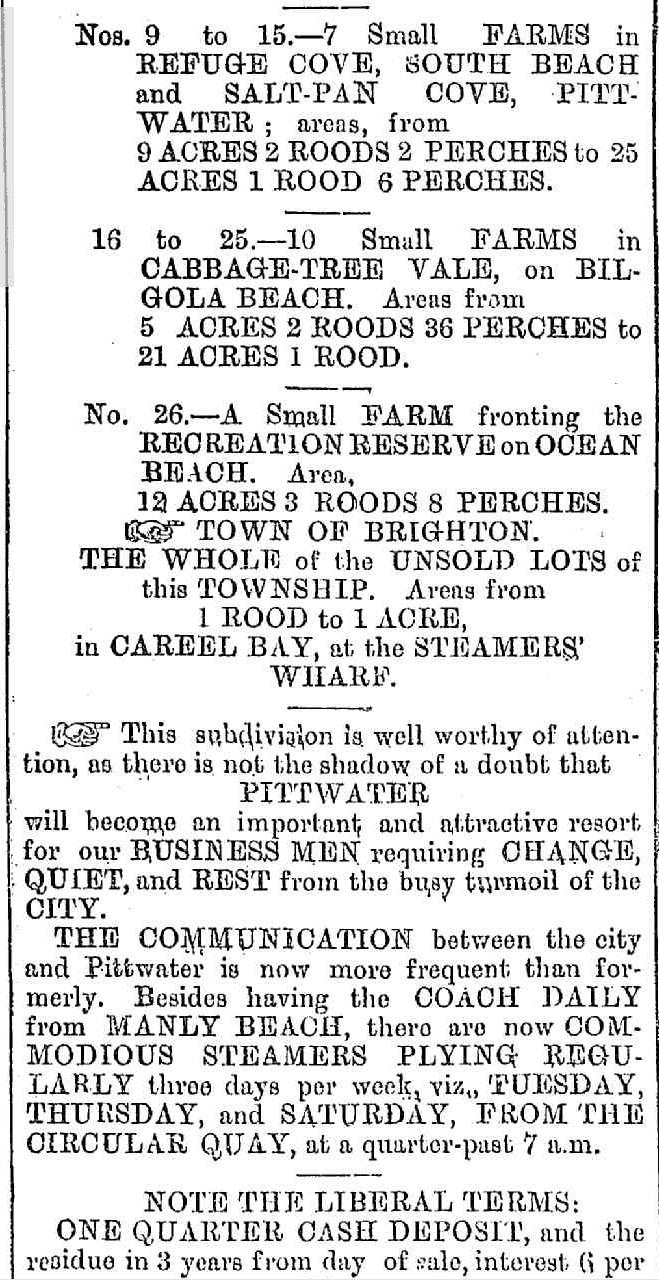




Every day until July 31, the important display of Australian landscapes at the Dubbo Mechanics' Institute will be on view, admission free, to the Dubbo public. To make the exhibition of interest to those who are net used to gallery-scanning, 'The Liberal' has prepared a full list of the exhibits, with vital facts about each of the artists.
The pictures are hung on the walls of the reading room, and each one is plainly numbered.
No. 1 is a landscape on stretched canvas, by Conrad Martens, a Londoner, born in 1801 who became a student of the celebrated Copley Fielding, a member of the English Water Color Society from 1810 onwards. Martens came to Sydney in 1835 via Tahiti and N.Z. in 1863 he was appointed Assistant parliamentary Librarian and held it until his death in 1878. Martens painted in various sports around early Sydney and in Queensland. Most of his work was in watercolor.
No. 2 is a view of gum trees, a pool and cattle, painted on cardboard by Nicholas Chevalier, who was born in 1828 at St. Petersburg of Swiss parents. He studied in Rome and London and learned lithography from Louis Gruner, the great German engraver of the 19th century. Chevalier, arriving in Melbourne in 1855, became the first cartoonist to Melbourne 'Punch.' He painted in N.Z. for a couple of years, then returned to London, where he died in 1902.
No. 3 is a view of Mt. Olympus, painted on stretched canvas by William Charles Piguenit in 1875. Piguenit was born in Hobart in 1826 and, after 23 years with the Tasmanian Survey Department, he resigned to give all his time to painting. He settled in Sydney in 1880 and was foundation member of the Art Society of N.S.W. He visited London in 1898 and exhibited at the Old Salon in Paris. He was awarded the Wynne Prize in 1901. In 1914, he died at Hunters Hill, Sydney.
No. 4 is an impression of a storm, painted by Walter Withers on stretched canvas. Withers did not arrive in Melbourne until 1822, at the age of 28. He was a Staffordshire man and returned to Paris from Melbourne to study at the famous Julien's Academy for two years (1887-88). He was the first winner of the Wynne Prize (1887) and he won it again in 1907. He was president of the Victorian Artists' Society in 1904-5, and a foundation member of the Australian Art Association in 1912. . From 1912 to 1914, the year he died, he was a Trustee of the Melbourne Gallery.
No 5 is by Tom Roberts, born at Dorchester, England in 1856. He is represented in Dubbo by a picture of Sherbrooke Forest, painted on canvas on board. Roberts arrived in Melbourne when he was 13. His early training was, at the National Gallery School, Melbourne, and late' at the Royal Academy Schools. He painted throughout France and Spain and then returned to Australia in 1885. He came back infected— to use the word applied by his enemies — with Impressionism, but he managed to found a strong school of Impressionism in Australia. In 1901 he went to England to complete his painting, The Opening of the First Commonwealth Parliament. In 1923 he returned to Australia and became the first President of the Society of Artists, which was founded in 1895.
No. 6 is a sombre landscape, on stretched canvas, painted by the man who became Sir John Longstaff in 1928. Longstaff was born at Clunes, Victoria, in 1862 and studied at the Melbourne National Gallery School, and was awarded the Travelling Scholarship in 1887. He continued his studies in Paris. He exhibited, at the Royal Academy and the Old Salon. In the 1914-18 War he was official War Artist with the A.I.F. in France. On his return to Australia he painted many portraits of well-known men and women. In 1924-5 he was President of the Victorian Artists' Society and broke away to become the President of the Australian Art Society from 1926 until his death in 1941.
No. 7 is a landscape, Passing Showers, painted by Streeton on stretched canvas. Arthur Streeton (knighted in 1937) was born not far from Geelong, Victoria. He, too, came under the Impressionistic school introduced by Tom Roberts, in revolt against' the earner Romantic school. In 1890 he settled in Sydney and for five years exhibited with the Royal Art Society. In 1898 he went to London and exhibited with the Royal Academy and. several other exhibitions, including the Old Salon. After his return from the 1914-18 war as an official artist in France, he returned to a successful career in Australia. He Won the Wynne Prize in 1928 and died in Melbourne in 1942.
No. 8 is by a son of the most beloved of all Australian art teachers in Australia, Julian Ashton. He had a son Julian Howard Ashton, who studied under him for nearly seven years, is represented in the Dubbo Exhibition by a painstaking painting of a craggy mountain, painted on canvas on board. Ashton was born in London in 1877. He is still alive and was for some years the Art Critic of the Sydney Sun.
No. 9 is a lovely piece of work on stretched canvas by Hans Heysen. The Track to the Farm, painted in 1926. Heysen was born in Hamburg in 1877 and arrived in Adelaide at the age of six. He studied at the Norwood Art School and the Adelaide School of Design. From 1899 to 1903 he studied in Europe at Julien's and the Beaux Arts. Back in Australia by 1903, it was five years before he held a successful exhibition in Melbourne in 1908. He won the Wynne Prize in 1904, 1909, 1911, 1920, 1922, 1924 and 1926. In 1931, he won the Crouch Prize. In 1934, he again visited Europe. He is now 74 and is still painting.
No. 10 is an impression of a landscape lit by an early morning moon. It is on stretched canvas, and was painted by Sid Long in 1937. Long was born in Goulburn in 1878 and like many other Australian artists of reputation, studied under Julian Ashton before going overseas. In England he exhibited at the Royal Academy and was elected A.R.E. He was the storm centre in Australia of several conflicting art interests and societies. He was awarded the Wynne Prize in 1938 and 1940. He is still painting.
No. 11 is a painting of Kosciusko in stretched canvas of Julian William Ashton, more familiarly known as Will Ashton. He was born at York, England, in 1881 and arrived in Adelaide at the ripe age of three. He studied under his father and later under Julius Olsson, R.A. and A. M. Talmage, R.A., at St. Ives, Cornwall, and at the Acamedie Julius, Paris. He exhibited at the Old and New Salons, and various other exhibitions. He is still painting, but with very little development despite various trips to Europe. He won the Wynne Prize three times— in 1903, 1930 and 1939, the Godfrey Rivers Prize in 1933.
No. 12 is Elioth Gruner's celebrated Frosty Sunrise, which is painted on canvas mounted oil panel, and which should especially appeal to Dubbo people. It oozes, frostiness. Gruner painted it in1937, and at a meal with the present chronicler, told him that he painted it while he shivered. Gruner was a New Zealander and was brought to Australia when he was one year old. He, also, was a product of the Julian Ashton studio in Sydney. He won the Wynne Prize in 1916, 1919, 1921, 1929, 1936 and 1937. He died in 1939.
No. 13, painted by Margaret Rose Preston on masonite, is a study of a grey day in the ranies. She painted it in 1942, in her 67th year. Born in South Australia in 1883, she studied at the National Gallery School and at Munich and Paris. She is better known for her studies in various mediums of Australian flora than for her landscapes.
No. 14 is a study, on stretched canvas, of Kiama township. It is by Desiderius Orban, who was born at Gyor, Hungary, in 1884 and who first took a degree in mathematics at Budapest University. He travelled much in Europe and it is important for Australians to remember that he is self-taught. He did not reach Sydney until 1939, after he had founded an advanced art group in 1908, been awarded a Gold Medal in Barcelona in 1929, and in Budapest in 1931, founded and became principal of the Atelier Art and Crafts Academie. He has been a storm centre in Australian art circles, but is a member of the Society of Artists and the Contemporary Art Society.
No. 15, by James Ranalph Jackson, is a view of the viaduct sodwalls, on stretched canvas. Jackson is another New Zealander, born at Palmerston North in 1886. He was eight when he came to Sydney. He was sent to Frank Brangwyn's class at the Royal Art Society's School in London, and later went to study under Colarossi in his Parisian studio. Jackson was an instructor at the Royal Art Society's School from 1917 to 1926.
No. 16 is a pastoral effort by Roland Wakelin, on cardboard, who did it in 1947. Still another New Zealander, Wakelin was born at Greytown in 1887, and attended the life class of the Technical School, Wellington. After exhibiting in N.Z. he settled in Sydney in 1913. He studied under Dattilo-Rubbo, a long established migrant who was a teacher at the Royal Art Society's School. Wakelin, after a period of study of the postimpressionists In London and Paris, came back to Australia as a champion of the ultra-modern movement in art. He is a member of the Society of Artists.
No. 17 is a study of haymakers, painted on stretched canvas. The artist is William Beckwith McInnes, who was born in 1839 at Ringwood, Victoria, and died in 1936. He is a product of the National 'Gallery School, Melbourne, of which he was Drawing Master until 1933. He won six Archibald Prizes and the Wynne Prize in 1918.
No. 18 is a landscape of typical Dubbo country, on stretched canvas, by Robert Johnson, still another New Zealander who, after studying at the Elam School of Art, Auckland, settled. in Sydney. He was born in 1890 and is a member of the Royal Art Society.
No. 19 is an evening landscape on stretched canvas, by Lloyd Frederick Rees. Rees was born in Brisbane in 1895 and studied at the Brisbane Technical College. He came to Sydney in 1917 and worked and exhibited in Sydney until 1923. He studied in Europe from 1923 to 1924.
No. 20 is a queer but fascinating product of a bit of N.S.W. bush, by an Australian, born in Melbourne in 1897. Arnold Joseph Victor Shore is an extraordinary example of what may be called early revolt, the product of the rorniulist, Max Meldrum, of whom he is a student, and who until 1930 was a spare-time painter, while still working as a stained glass craftsman and artist. During the last 20 years he has been a painter, art critic, lecturer and broadcaster. He won the Crouch Prize, at Ballarat, in 1938 and shared the 'Herald' Prize with Sir John Longstaff in the same year.
No. 21 is by Grace Crossington Smith, an arresting piece of work on masonite, Bush at Evening. She is a Sydneyite, born in 1892, and is a modern of the moderns (in Australia), with a conventional background of study under the conventionalists, Albert Collins, Alfred Coffey and Dattilo-Rubbo. She went to Europe in 1912 and continued her studies in England and Germany. With Roi de Mestre and Roland Wakelin she was one of the founders of the Australian modern movement influenced by post-impressionism.
The man from Zurich, Sali Herman, has settled in Sydney since 1938, after years, following his studies at the Zurich Technical School for two years spent as a dealer in art. His work, No. 22, a Taree scene, painted in 1950 on stretched canvas.
No. 23 is a picture by George Feather Lawrence. It is painted on cardboard and has the title, River Suburb. Lawrence was born in Sydney in 1901 and is still another Julian Ashton student. In 1949 he won the Wynne Prize.
No. 24. That amazing person, Arthur James Murch, still a stripling of 49, and now settled (more or less) at Avalon Beach, N.S.W. was trained first of all as a mechanical engineer. After years of study at the Royal Art Society School and in modelling (he is still a sculptor as well as a painter), at the East Sydney Technical College, he won the Society of Artists' Travelling Scholarship in 1925. He continued his training at the Chelsea Polytechnic and at the old British School in Rome. Back in Sydney by 1927, he was one of George Lambert's proteges. Went on a scientific expedition to Central Australia. Went to Europe again in 1936. Superintended the Australian Section of Australian sculpture and painting at the Glasgow Exhibition. Back ' his own country, 1940. War artist, 1942. Won Archibald Prize, 1949. Member of the Society of Artists. Now lecturer in sculpture at East Sydney Technical College. Still, furiously producing pictures and sculptures.
No. 25 is a picture of deserted barns at the Oaks, by George Bernard Buncon, who was born in Auckland, N.Z. in 1904. He is a product of Dattilo-Rubbo, in Sydney. He visited Europe in 1933. Returned to Sydney in 1940.
No. 26 is a picture of a road and some racks, by George Russell Brysdale, who was born at Eognor Regis (England) in 1912. Came to Australia very young George Bell was his master in Melbourne in 1935. Later worked in London and Paris. Came back to Melbourne but settled in Sydney and was awarded the Wynne Prize in 1947.
No. 27 is a delicate study of a country lane, done on masonite, by Lance Vaiben Solomon, who was born at Liverpool, N.S.W., in 1913. He studied at the Technical College, Sydney, and won the Landscape Travelling Scholarship in 1939, and the Wynne Prize in 1946. He is a member of the Royal Art Society.
No. 28, by Donald Stuart Leslie Friend, is a Queensland study of a store at Cairns. It is painted on three-ply. Donald is a queer mixture of influences. He is now in his 36th year and is at present a combined product of the East Sydney Technical College, Dattilo-Rubbo, Syd Long and, in England, Meninski and Gercler.
No. 29 is an ultra-modernistic impression of what is entitled Capricornia by Roderick Malcolm Shaw. It is painted on canvas on top of three-ply. Shaw is a Sydney man, born in 1915. He was a member of the Contemporary Art Society from 1940 to 1948. He is now a member of the Studio of Realist Art.
No. 30 is entitled 'Carion Plains.' It was painted on ripolin mounted on Swedish board by Sidney Robert Nolan, a young man in his 34th year, born in Melbourne, who has studied at various Technical Schools and the Melbourne National Art Gallery.



